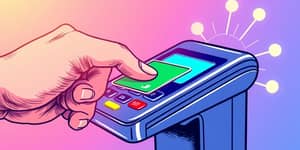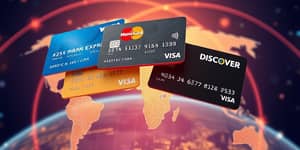
Credit cards offer convenience and rewards, but for many they can become a source of distress. Understanding when spending crosses the line into addiction is crucial for reclaiming control and well-being.
In this guide, we explore the scope of credit card addiction, its psychological roots, clear warning signs, and practical strategies for recovery.
Credit card addiction refers to compulsive credit card use characterized by an inability to control spending, often coupled with secrecy and denial. Unlike occasional overspending, it involves persistent urges that lead to negative financial and emotional outcomes.
This behavior may overlap with impulse control disorders or substance addictions, as similar brain reward pathways are activated by the rush of a new purchase or rising balance.
Typical hallmarks include making purchases to soothe anxiety or depression and continuing to spend despite mounting consequences.
In the U.S., credit card usage and debt have surged to unprecedented levels. As of early 2025, over 800 million cards are in circulation, fueling an average borrower debt between $6,380 and $7,236.
Skyrocketing interest rates and delinquency rates indicate that many Americans are straining under high-interest balances and making only minimum payments.
Behind every compulsive spender is often a deeper emotional need. Stress, anxiety, or isolation can drive someone to seek relief through purchases. The momentary high of a new item can mimic the rush offered by substances.
Credit cards, with their easy credit access triggers addiction, become a powerful enabler for those vulnerable to compulsive behaviors. Over time, reliance on spending as a coping mechanism deepens, reinforcing a harmful cycle.
Recognizing these triggers is the first step toward building healthier emotional and financial habits.
Watch for patterns that signal a growing problem. Early detection allows for timely intervention before debt overwhelms personal and professional life.
When left unaddressed, credit card addiction can wreak havoc across all areas of life. Financially, it can lead to mounting debt and poor credit score, higher interest expenses, and potential bankruptcy.
Psychologically, individuals may suffer from chronic stress, depression, and a persistent sense of shame. Relationship conflicts often arise as spending habits erode trust and create tension.
Social isolation may follow, as individuals withdraw to hide their struggles, making recovery feel even more daunting.
Recovery involves addressing both the financial and emotional aspects of addiction. A multifaceted approach offers the best chance for lasting change.
Additionally, working with a licensed financial planner can help explore underlying beliefs about money and establish healthier spending habits.
For those in early recovery, alternative spending control cards offer a safety net. Products like prepaid or limited credit cards enable spending caps, blocked merchant categories, and restricted cash access. These measures empower individuals and families to supervise transactions without cutting off all financial autonomy.
Transitioning to cash-only methods or using debit exclusively can also introduce valuable friction, reducing the impulse to swipe and overspend.
While delinquency rates remain high, growing awareness of credit card addiction is driving innovation in prevention and recovery resources. Financial institutions are beginning to offer tools designed to spot at-risk behaviors early and intervene with supportive measures.
By combining therapy, budgeting guidance, community support, and technological safeguards, individuals can break free from the cycle of compulsive spending. Remember, seeking help promptly can transform a dire situation into an opportunity for growth, resilience, and renewed financial confidence.
References













